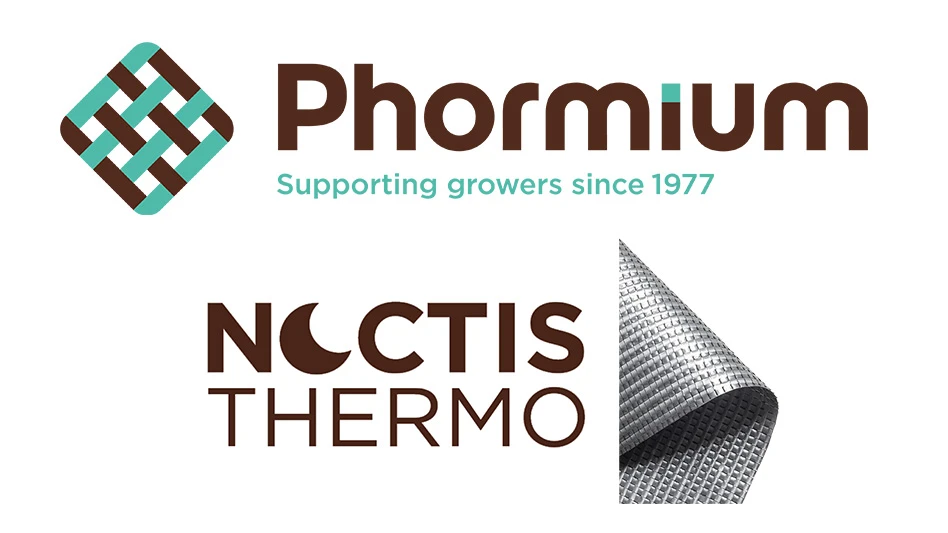
.jpg) From Michigan State University Extension: As a grower of floriculture crops, you already know that air temperature has a tremendous effect on the speed at which a crop develops and flowers. Some recent research at Michigan State University and theUniversity of Minnesota, combined with input from the University of Florida, has led to the development of a decision-support tool called “Flowers On Time.”
From Michigan State University Extension: As a grower of floriculture crops, you already know that air temperature has a tremendous effect on the speed at which a crop develops and flowers. Some recent research at Michigan State University and theUniversity of Minnesota, combined with input from the University of Florida, has led to the development of a decision-support tool called “Flowers On Time.”
According to Michigan State University Extension, this software is a guide only and should be used as a “second opinion” by growers. The tool takes into consideration that plants have a “base temperature,” or a low temperature below which they do not grow, and an “optimum temperature,” or a temperature at which a plant develops as fast as it can.
Click here to continue reading.
Latest from Greenhouse Management
- This month's Greenhouse Management magazine is about native plants and sustainability
- The HC Companies, Classic Home & Garden merge as Growscape
- Terra Nova releases new echinacea variety, 'Fringe Festival'
- Eason Horticultural Resources will now officially be known as EHR
- BioWorks receives EPA approval for new biological insecticide for thrips, aphids, whiteflies
- ScottsMiracle-Gro transfers cannabis subsidiary to focus on core lawn and garden business
- Should we start calling natives 'eco-beneficial plants'?
- Ellen Mackenbach-Lakeman appointed new CEO of Dümmen Orange





